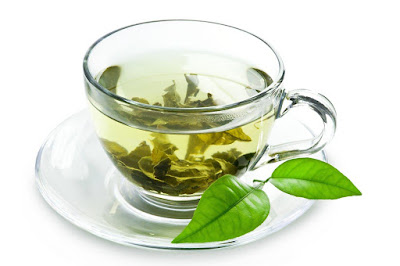Much
of the world's black tea production goes to the tea bag industry. It is often
mixed with other types of tea to make mixtures, such as breakfast and afternoon,
which are enhanced with the addition of milk and / or sugar. In India refer to
black teas as "Nirgiri Tea" due to the colour of the liquor. Nilgiri Tea is
fresh, malted, full-bodied and invigorating due to the rich flavours that
develop during the oxidation process.
By consumption of Nilgiri Tea,the reduction of the risk of stroke. In particular, the researchers noted that drinking Nilgiri Tea helps reduce the risk of blood clotting in the brain area by 21%. The risk of stroke prevention is related to the consumption of four cups of Nilgiri Tea per day. The benefits of Nilgiri Tea on blood circulation are associated with the flavonoid content of this drink.
The anti-cancer properties of black tea were observed, for example, in a study involving patients with ovarian cancer. The healthy women in the study consumed more tea than the women who had fallen ill.
Nilgiri Tea is also used as a natural medium, for example as an astringent drink in case of diarrhoea, with the addition of lemon juice. Drinking a cup of black tea can be useful to fight the cold and improve concentration.
How much Nilgiri Tea will you use?
The simplest traditional method of preparation consists in boiling a mixture of milk and water with tea leaves, sugar or other sweetener and whole spices . It is traditionally served from a certain algura in a cup in the distance, so that it captures all the essence and aroma of this drink.
By consumption of Nilgiri Tea,the reduction of the risk of stroke. In particular, the researchers noted that drinking Nilgiri Tea helps reduce the risk of blood clotting in the brain area by 21%. The risk of stroke prevention is related to the consumption of four cups of Nilgiri Tea per day. The benefits of Nilgiri Tea on blood circulation are associated with the flavonoid content of this drink.
The anti-cancer properties of black tea were observed, for example, in a study involving patients with ovarian cancer. The healthy women in the study consumed more tea than the women who had fallen ill.
Nilgiri Tea is also used as a natural medium, for example as an astringent drink in case of diarrhoea, with the addition of lemon juice. Drinking a cup of black tea can be useful to fight the cold and improve concentration.
How much Nilgiri Tea will you use?
As a general rule, use a tablespoon of tea
filled with each guest + 1 additional (for the kettle). For large leaf sizes,
you can expand the amount of tea. Anyway, about tastes there is nothing
written, so it will depend on the taste of who drinks it. If you prefer a
concentrated tea, you should use more, otherwise if you want softer. Anyway, it
is advisable to take into account in advance the strength of the tea we are
going to drink, so as not to bring us surprises. You can order the Nilgiri Tea Online through internet and email.
The water you will use to prepare a good Nilgiri
Tea is as important as tea leaves. In short, taking into account water, filtered
water or spring water, it must be delicious. Use fresh and cold water that has
not ever boiled.
As a rule, the ideal temperature for
preparing good tea is 80-90 degree ceisus. You can check this temperature using
the water thermometer. Heating water at optimal temperatures provides the right
balance of tannins. If the water temperature is too low, the full range of
flavors cannot be removed. If the temperature is too high, the tea becomes too
tannic and tastes bitter.
How long does it take to inject?
As a rule, boil nilgiri tea for 3-4 minutes. The exact amount
of time depends on your personal preference especially for tea leaves and
strong or soft tea.
Tip:
To make strong tea, use longer tea leaves, not more tea leaves, and bitter tea.
What
infuser is recommended?
Keep in mind that, for tea leaves to open
and release their flavors, they need space. The leaves can be expanded 3 to 5
times their size. For this reason, It is recommend using a spacious infuser or
filter (made of glass, metal or paper) against spherical infusers.
The simplest traditional method of preparation consists in boiling a mixture of milk and water with tea leaves, sugar or other sweetener and whole spices . It is traditionally served from a certain algura in a cup in the distance, so that it captures all the essence and aroma of this drink.





No comments:
Post a Comment